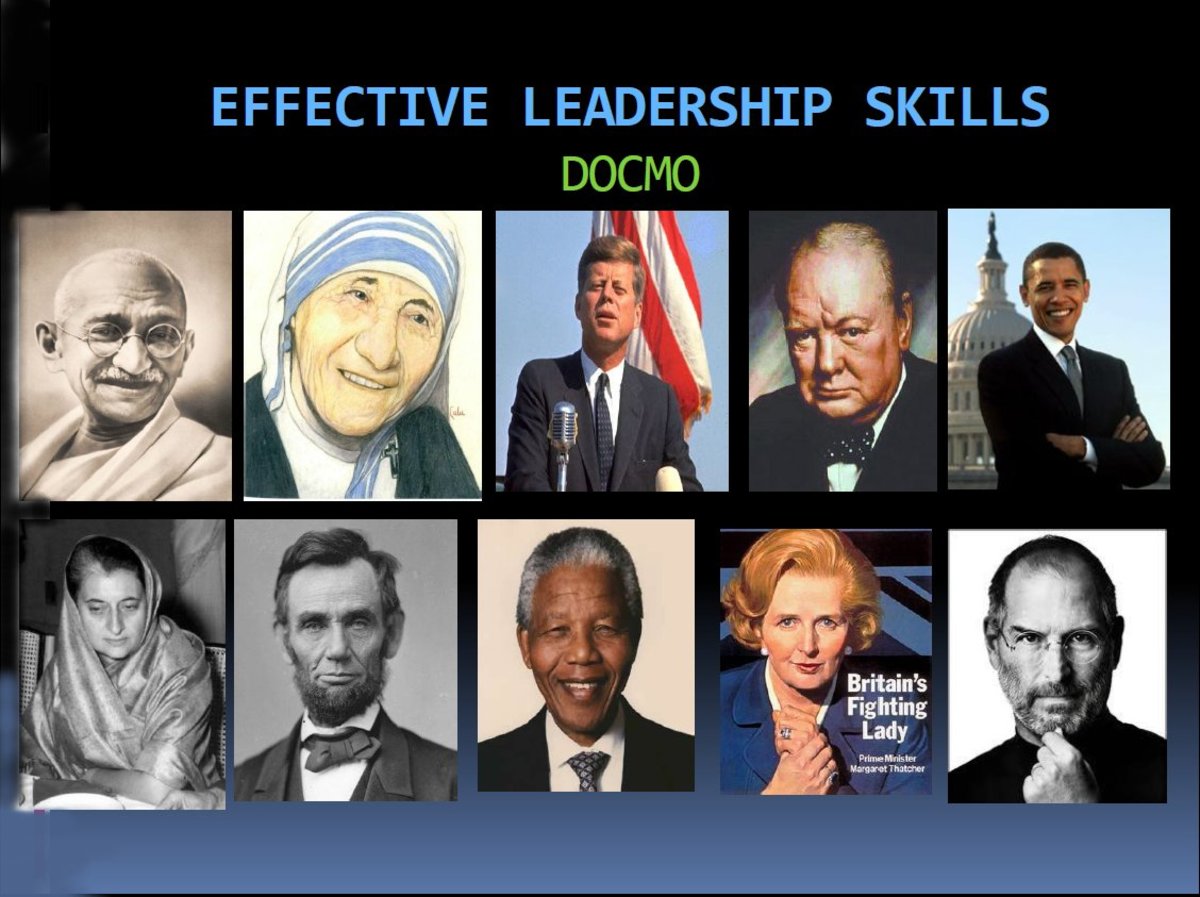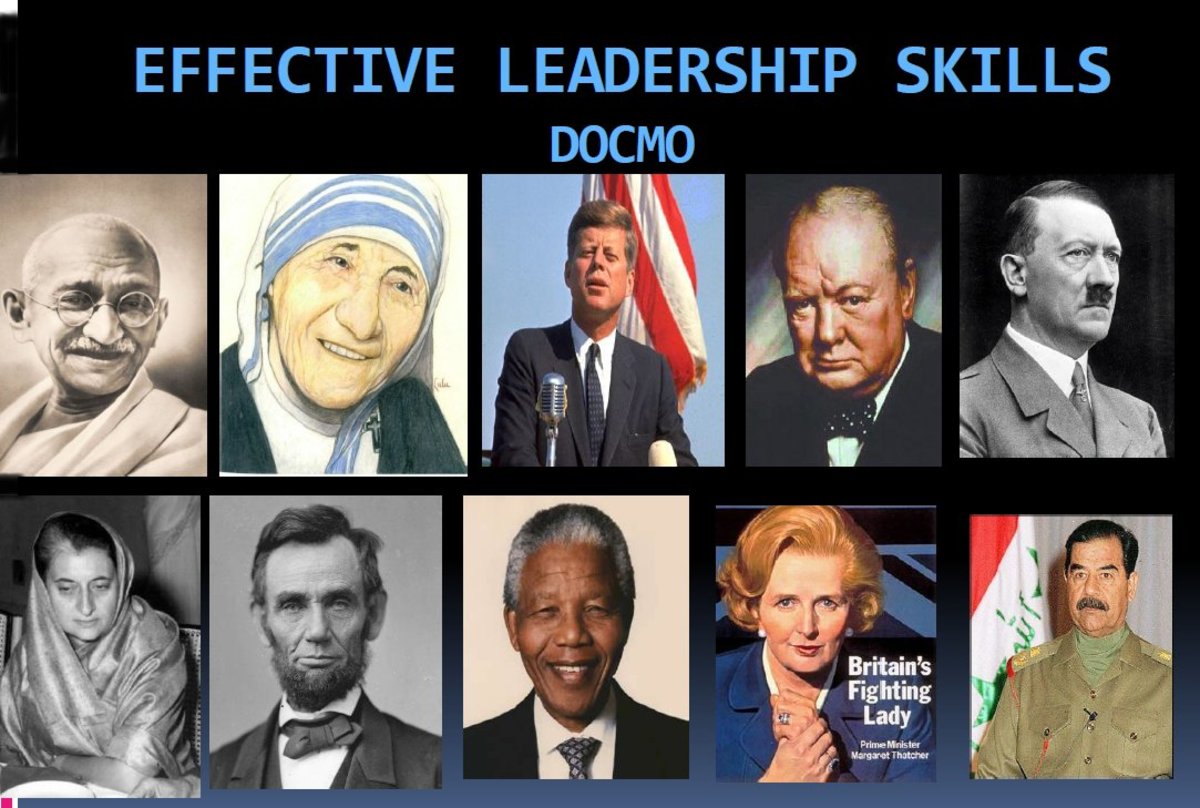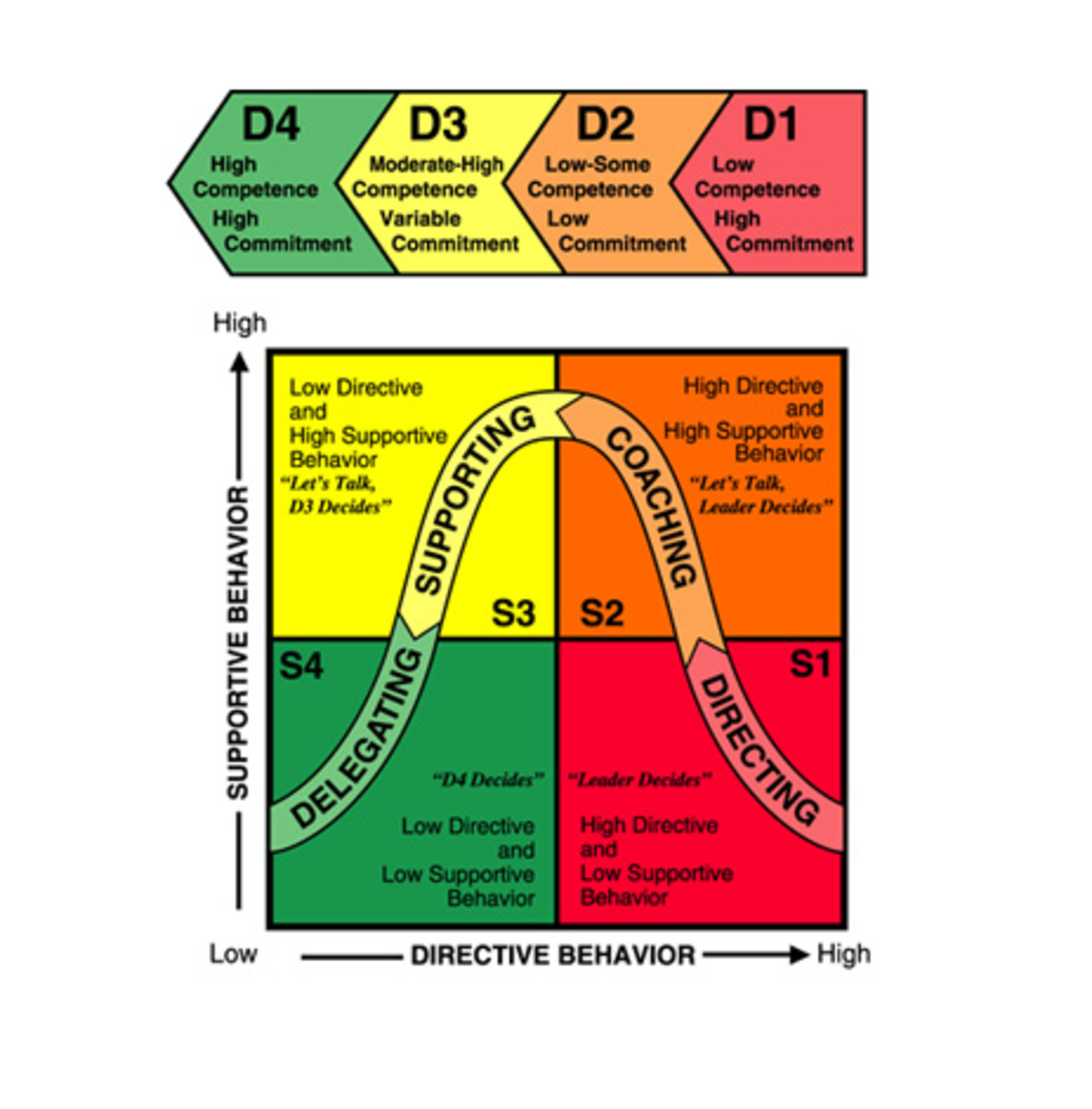The Law of the Master Mind and Effective Leadership
The Greatest Challenge Before Leaders
In your role as a leader, success depends on having the ability to influence other people to cooperate with you in a spirit of harmony. In his 15 part course entitled the Law of Success, Napoleon Hill highlights how the great industrialists of our time understood and applied the law of the master mind as the key to their outstanding achievements. Even without the aid of modern science they somehow discerned that the chemistry of the mind plays an important part in enabling people to work together in a spirit of harmony.
What is it that they knew and how did they develop the personalities that enabled them to be such effective leaders? How can we benefit from what they knew in our own journey to effectively lead others? What is meant by the chemistry of the mind?How does modern scientific research of the brain shed light on the law of the master mind?

Every Mind Is Both a Broadcasting and a Receiving Station
In the time of Napoleon Hill it was believed that every mind or brain is directly connected with every other brain by means of an invisible fluid or form of energy they referred to as the ether. In 1928, obviously there was an understanding of electrons, atoms and molecules, but evidently the scientific world was still baffled by this notion of the force which causes the atoms to circle around one another at an inconceivable rate of speed.
Any person, who has made observations on the state of progress of the human mind, by observing his own, cannot but have observed that there are two distinct classes of what are called Thoughts: those that we produce in ourselves by reflection and the act of thinking, and those that bolt into the mind of their own accord."
— Thomas PaineAs Hill states, "We may indulge in some speculations based on what we know of the wireless waves, which as I have said, are all we can recognize of a vast series of vibrations which theoretically must exist. If thought waves are similar to the wireless waves, they must pass from the brain and flow endlessly around the world and the universe. The body and the skull and other solid obstacles would form no obstruction to their passage, as they pass through the ether which surrounds the molecules of every substance, no matter how solid and dense."
Frankly, it is fascinating to learn how leaders of that day, over 100 years ago, were striving to understand the scientific basis for leadership. How they recognized that every mind is able to broadcast thoughts they generate and receive the thoughts generated by others enabling the formation of a mental network when people are harmoniously working towards achieving a single outcome.
This observation was the basis for formulating the idea of the master mind which evidently first came to Napoleon Hill's attention through an interview with Andrew Carnegie.
A Master Mind may be created through the bringing together or blending, in a spirit of perfect harmony, of two or minds. Out of this harmonious blending the chemistry of the mind creates a third mind which may be appropriated and used by one or all of the individual minds.
— Napoleon Hill - Law of SuccessElectric Fields of the Brain
In a Scientific American article entitled "Cortical Call Out: The Brain's Electric Field Creates a Feedback Loop That Synchronizes Neural Activity", David McCormick, a neurobiologist at Yale University and co-author of the study published online July 15th in Neuron explained, "The brain is an intricate network of individual nerve cells, or neurons, that use electrical and chemical signals to communicate with one another.
Every time an electrical impulse, or action potential, races down the branch of a neuron, a tiny electric field surrounds that cell...it's what scientists record using electroencephalography (EEG), when they place a net of electrodes on a person's scalp."
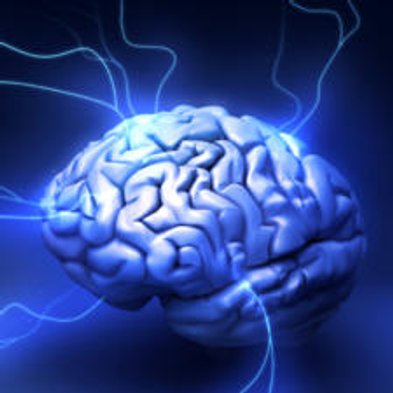
Further, in the book Electric Fields of the Brain - The Neurophysics of EEG, authors Paul L. Nunez and Ramesh Srinivasan explain that "Electroencephalography (EEG) is practiced by neurologists, cognitive neuroscientists, and others interested in functional brain imaging.
"Whether for clinical or experimental purposes, all studies share a common purpose-to relate scalp potentials to the underlying neurophysiology. Electrical potentials on the scalp exhibit spatial and temporal patterns... Because these dynamic patterns are correlated with behavior and cognition, EEG provides a "window on the mind," correlating physiology and psychology."
Studies reveal that electrical impulses could be applied that amplified and synchronized the neural activity in brain tissue, but they were also able to demonstrate that an electric field of the same strength with an opposite polarity "disrupted its synchronous neural activity".
In other words, as Hill and the other great leaders of his day understood, when people come together the polarity of their brain chemistries have either a harmonious or disrupting influence on the behavior of each individual in the group.
Through this they also recognized that a "harmonious blending the chemistry of the mind creates a third mind which may be appropriated and used by one or all of the individual minds."
This in effect is the Master Mind of the group, the collective mind formed by the harmonious cooperation of the individual minds operating in unison.
How Does This Science Relate to Leadership?
Well, as a leader, how might this knowledge influence the consideration you give to forming teams to work together?
Certainly, one can begin to see that leadership in the day of the great industrialists was all about how to form master minds.
This is what Napoleon Hill points out very clearly in noting that "It is a matter of general knowledge that Mr. Ford, Mr. Edison and Mr. Firestone are close personal friends, and have been so for many years; that in former years they were in the habit of going away to the woods once a year for a period of rest, meditation and recuperation."
However he continues in noting that what is not generally known is "that there exists between the three men a bond of harmony which has caused their minds to become blended into a Master Mind which is the real source of the power of each. This mass mind, growing out of the co-ordination of the individual minds of Ford, Edison and Firestone, has enabled these men to tune in on forces (and sources of knowledge) with which most men are to no extent familiar."
The minds of those participating in the Master Mind become as magnets, attracting ideas and thought stimuli of the most highly organized and practical nature, from no one knows where!
— Napoleon Hill - Law of SuccessThis is the power of the master mind and it is also the key to effective leadership.
As leaders our challenge is to first give due consideration to how we form our own personal networks and with whom we form master minds.
Second, it puts tremendous emphasis on developing the skills we need as leaders to understand team dynamics and deepen our understanding of how to bring people together to form, not just teams, but master minds that are able to draw on the knowledge needed to prosecute the strategies we outline as part of our vision.
For sure, there is so much more to discuss on this topic and I look forward to engaging with you and responding to your feedback.
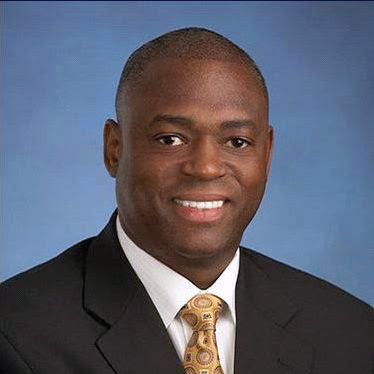
© 2018 David Allen Sievers


